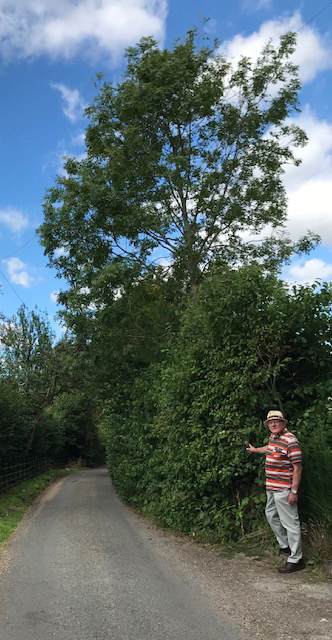Millennium Hedgelaying Project
THE PROJECT
The Millennium Hedge Project predated the Society as a joint project between Lynsted Parish Council and Lynsted and Norton Primary School. The hedge was planted in December 1997. Length 170m (184yd). The project ran from 2007 when we received training in the art.
When the Society was created, the hedge was maturing to a point where hedgelaying was a possibility. With the agreement of all parties, the Society found volunteers to attend a workshop on hedgelaying followed by the completion of the process over several weekends. The Plant-List and Identification Guide is at the bottom of this page.
Looking back to the beginning of this project, it is astounding how a plain laneside (Cambridge Lane) has now been enriched by the efforts of hardy individuals who first prepared the ground and planted the hedge, followed by those who learned to lay the hedge. The diversity of planting means that this hedge has evolved into a cheery seasonal display. Hedgelaying is designed to create a natural stock-proof barrier that also supports wildlife. It is fair to say that everyone involved had a good time learning a dying art.
We drew on people with long links to the Parish as well as 'newcomers' and at least one from much further afield, including our good friend Andy, from Ramsgate (who had a Norton Parish link).
A lot of hard work and free time has been given to make this project a success and particular thanks went to Ken Diamond, Bob Baxter, Jenny and Graham Sargent, Kevin Barrett, Ken Northfield, Trish Murphy, Frank and Judith Oldham, Neil Anderson, Tom English, Andy McElevy, Kevin Castle, Jonathan Jackson, Tom, Ben and Emily Meek, Brian Pond, Len Scott, Martin Lewis and Jack, Robin and Mary Fielding, Nigel and Lis Heriz-Smith, Mike Hudson and finally John Flower the Master hedge-layer who showed us the way. We hope we have not left anyone out but apologise if we have. The end result is something we can all be proud of.
20th Anniversary of the Millennium Hedge - Dr Bob Baxter
Lynsted's Hedge to Mark the Millennium thrives on.
The year 2020 is the 20th anniversary of the inauguration of Lynsted's Community Hedge for the Millennium. It continues to thrive as a lasting, living memorial.
The hedge today (2020) with the writer for scale.
Hedge-laying project leader John Jackson demonstrates the trimming of a binder. Note in the background the posts, interwoven band of binders and pleached stems of existing hedge shrubs. Winter 2007/8. |
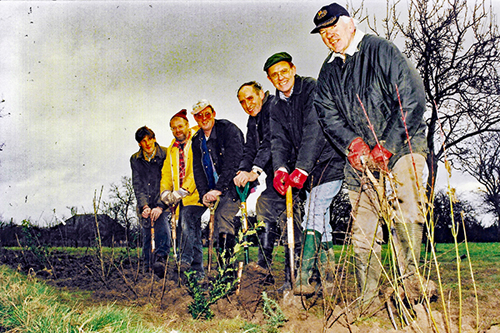 |
| Breaking ground, 1997. L to r: Martin Hall, Kentish Stour Countryside Project; Ian Baron; Graham Allen; Ray Clark, Association of Men of Kent and Kentish Men, Lynsted Branch; Tom English, chairman, Lynsted Parish Council; the writer. Photo Kent Messenger Group. | |
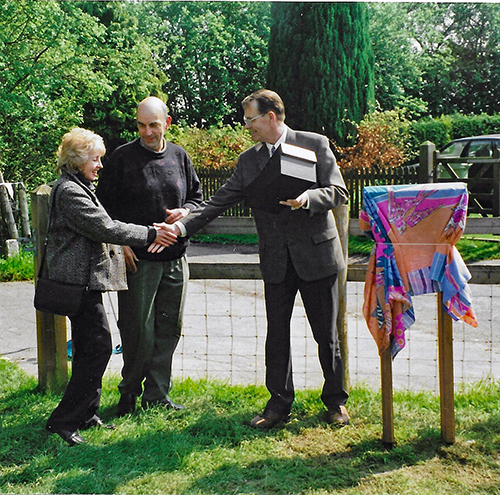 |
|
| Barbara and Eddie Read with Tom English (and the plaque ready to unveil) at the Inauguration, May 2000. |
The inauguration party, on a sunny 5th May, 2000, involved dances and singing by the children of Lynsted and Norton Primary School, the award of commemorative mugs to the children, a presentation to landowners Eddie and Barbara Read and the unveiling of a special plaque by the parish council chairman, Tom English. Members of the parish council, borough council and the local community enjoyed the event.
In fact the hedge mix had been planted back in 1997, so there could be something to inaugurate when 2000 actually arrived!
It was a Lynsted Parish Council initiative, with the writer the councillor nominated to coordinate matters. Guidance was provided by Martin Hall of the Stour Valley Countryside Project. Roy Taylor kindly dug a trench with his JCB and the Lynsted Branch of the Association of the Men of Kent and Kentish Men paid for the plants. Financial support was obtained from Kent Rural Community Council, Swale Borough Council and Shell Employee Action. The hedge was a standard mixture composed of species native to Kent, with the exception that hawthorn was replaced by blackthorn: hawthorn was not used in traditional orchard areas such as ours, since it could harbour and transmit the serious fire-blight disease of apple and pear trees. The shrub species included: blackthorn, dogwood, hazel, spindle, holly, field maple, dog rose, wayfaring tree, guelder-rose, gorse and broom. In addition, specimens of native trees, English (common) oak, hornbeam and ash, were planted at intervals along the hedge. In all 1315 specimens were planted by the children of Lynsted and Norton Primary School, their staff, and numerous members of the community.
The hedge has subsequently grown well. Its youthful exuberance was tamed in 2007, when the hedge was ten years old. Under the leadership of parishioner John Jackson, the hedge was subjected to a 'laying' . This operation was carried out under the auspices of the Lynsted with Kingsdown Society after a demonstration of the necessary techniques by hedge laying expert John Flower. Hedge laying is a traditional way of making a hedge tight, manageable and stockproof. About two thirds of the bulk of the hedge was cut down and removed. The remaining stems were partly cut through ('pleached') to allow them to be bent to 45 degrees and woven between wooden uprights ('posts') driven into the ground at half-metre intervals. The arrangement was stabilised by bands of overlapping hazel withies, or 'binders'. Stems to make these were kindly supplied by Kingsdown farmer Neil Anderson. These were trimmed to size and woven between the posts near their tops. About two dozen volunteers were involved over the winter's operation. By general agreement, our rural craftsman- (and craftwoman-)ship resulted in a rustic 'thing of great beauty'!
Since then the hedge has grown on, and remains in fine shape, thanks to the regular trimming arranged through Neil. All the species planted are still represented, although the proportions have changed. Where blackthorn was planted in largest numbers initially, specimens are now hard to find. Dogwood, however, has burgeoned, as has hazel. Specimens of all three tree species (eight in all) are now tall and strong. There are some dead branches on the ash, however. This might be an early sign of the deadly ash dieback disease, that, sadly, has destroyed swathes of this species elsewhere in the country, including Kent. I hope our trees are not infected; recent experience is indicating that ash trees in hedgerows are less likely to succumb than those massed in woodlands.
The dedication plaque at the eastern end of the Hedge needed to be removed while the current owners of the field, Malcolm and Carol, made changes to the field entrance. It has since been repositioned, in a more accessible spot, by Lynsted with Kingsdown parish councillor Clive Dawes and his wife Anne.
For those not familiar with the Hedge, it lies on the north side of Cambridge Lane. This is the first turning to the left when travelling towards Lynsted Village from the A2 junction at the Coop store. It is 170 metres long, begins 20 metres from the corner, and stretches to the entrance gate to the field. Post code ME9 9JB, or grid reference TQ 951618. There is a species list near the plaque at the field entrance. Come and have a look at your unique, living millennium marker!
Bob Baxter
RB 12.8.20
MilHedgeArtLyn.201
PLANT LIST
| SPECIES LIST | Leaf | Flower | Fruit/Seed | Twig | Bark | |
| Shrubs | ||||||
| Blackthorn (Sloe) | Prunus spinosa |  |
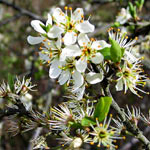 |
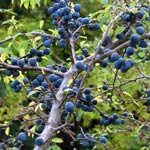 |
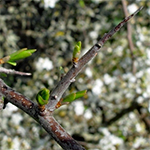 |
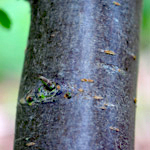 |
| Dogwood | Cornus sanguinea | 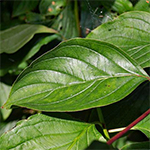 |
 |
 |
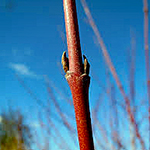 |
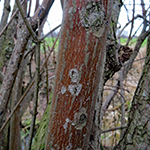 |
| Hazel | Corylus avellana | 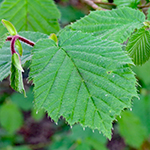 |
 |
 |
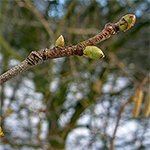 |
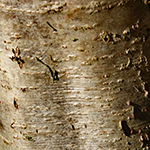 |
| Spindle | Euonymus europaeus |  |
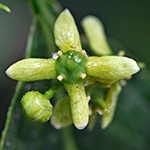 |
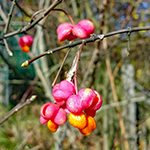 |
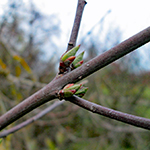 |
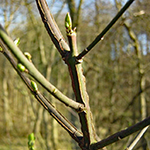 |
| Holly | Ilex aquifolium | 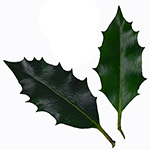 |
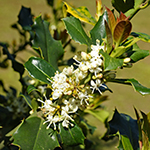 |
 |
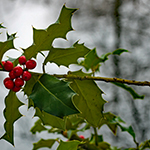 |
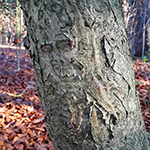 |
| Field maple | Acer campestre | 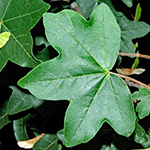 |
 |
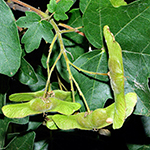 |
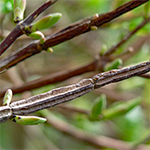 |
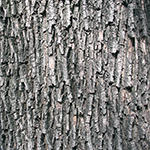 |
| Dog rose | Rosa canina | 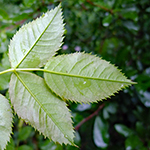 |
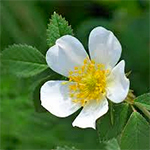 |
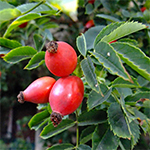 |
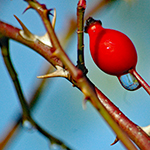 |
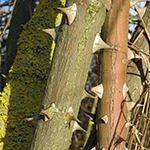 |
| Wayfaring tree | Vibernum lanata | 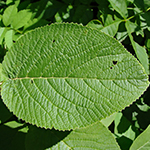 |
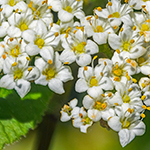 |
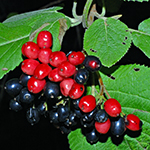 |
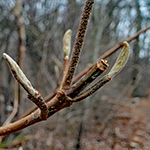 |
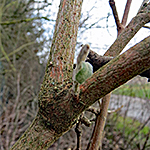 |
| Guelder rose | Vibernum opulus | 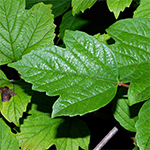 |
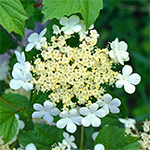 |
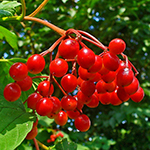 |
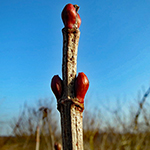 |
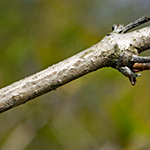 |
| Gorse | Ulex europaeus |  |
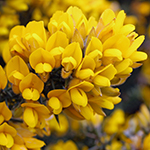 |
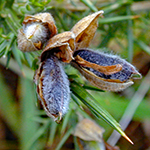 |
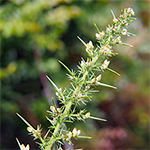 |
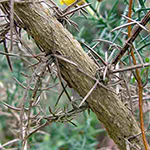 |
| Broom | Cytisus scoparius | 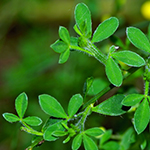 |
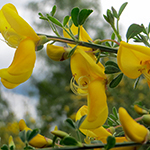 |
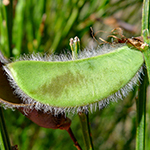 |
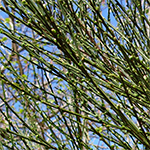 |
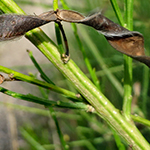 |
| Trees | ||||||
| English oak | Quercus robur | 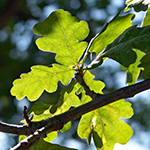 |
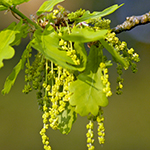 |
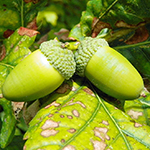 |
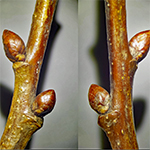 |
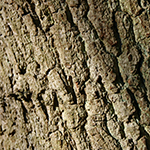 |
| Hornbeam | Carpinus betulus | 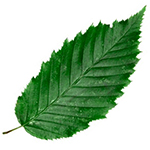 |
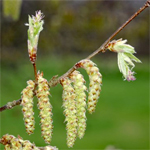 |
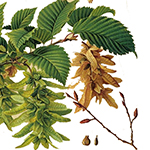 |
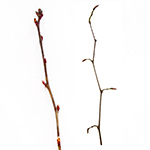 |
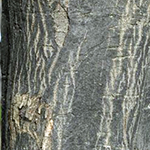 |
| English Ash | Fraxinus excelsior | 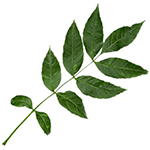 |
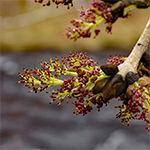 |
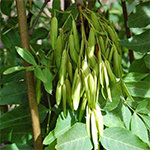 |
 |
 |

